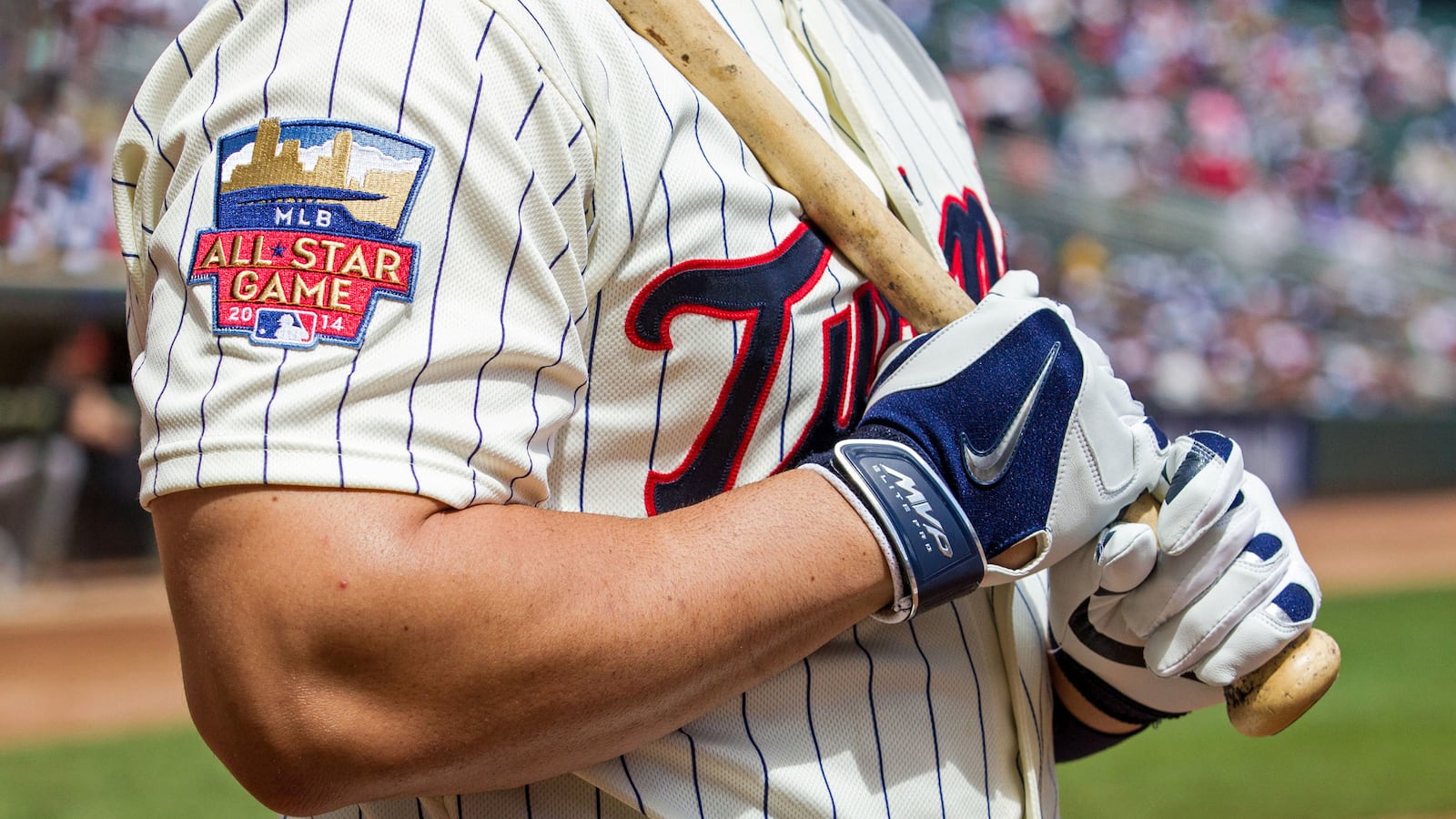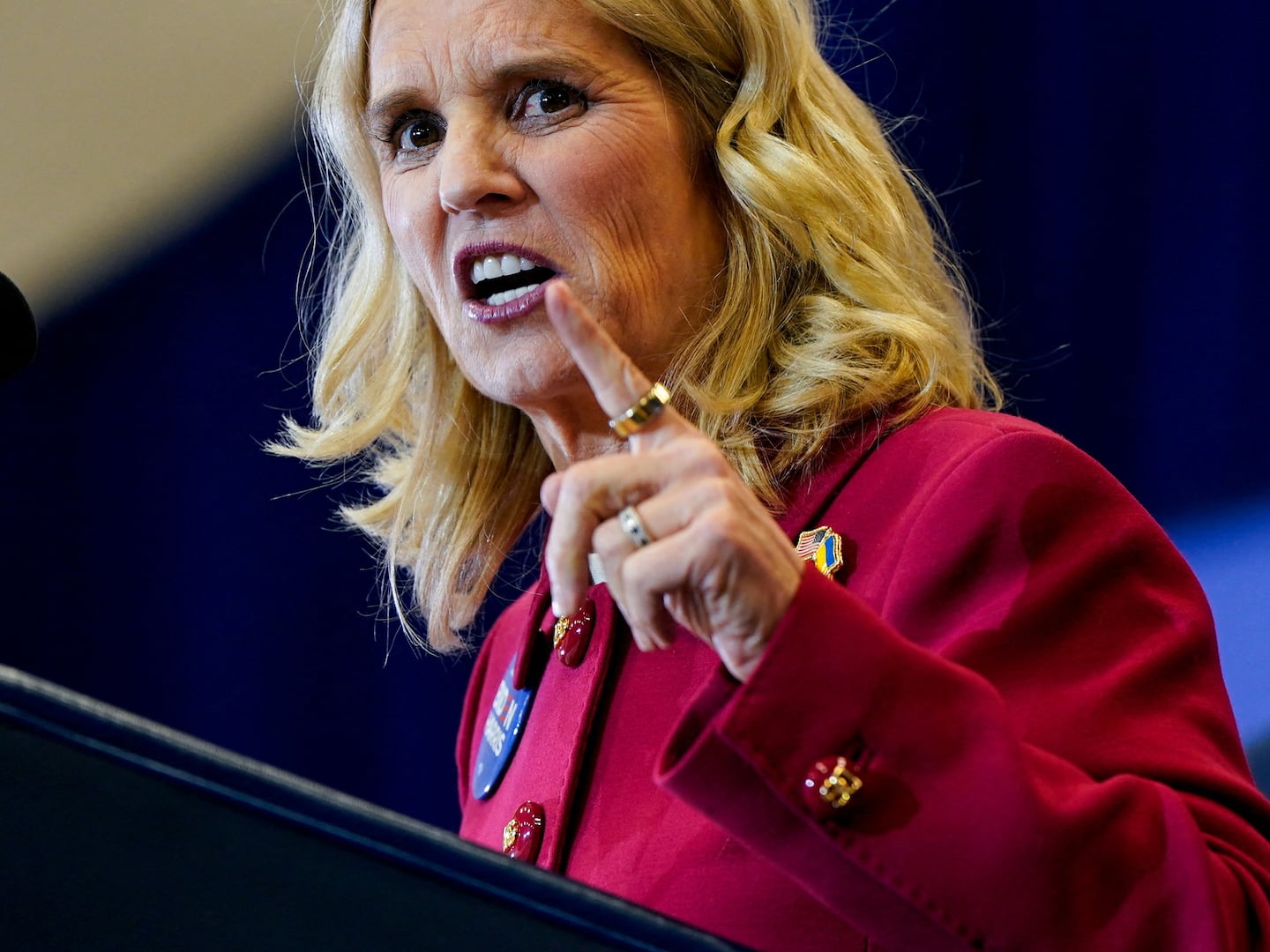The stage is now fully set for yet another Major League Baseball All-Star Game Extravaganza Weekend, this time around hosted by the American League in state-of-the-art Minneapolis Target Field. A phalanx of talking heads on ESPN, FOX Sports, and MLB.com has amped things up to a fever pitch for this annual media frenzy masquerading as a competitive sporting event. Rival league teams have been selected via a massive fan internet and paper ballot that stretched to the wire for many of the sport’s most popular players. Fans from Chicago stepped up big time to select Cubs first sacker Anthony Rizzo and Sox lefty ace Chris Sale for two extra roster slots during an official Final Vote balloting designed to demand fan attention right up to the eleventh hour. The only question remaining is whether anyone really cares anymore, or if many of us will actually be watching when the three-day made-for-TV spectacular unfolds with Sunday’s minor league Futures Game, Monday’s circus-atmosphere Home Run Derby, and finally Tuesday’s traditional nine-inning AL-versus-NL nine-inning exhibition game.
MLB’s All-Star Game has obviously seen better days. It reached a post-war-era popularity peak in the Golden Age ’50s and ’60s when fans were attracted by a true sense of distinctive league playing styles and a rare chance to watch rival league stars never glimpsed at the hometown ballparks in the pre-cable-television era. But recent TV ratings have fallen off the charts, and the sideshow Monday evening Home Run Derby exhibition seems almost more popular than the actual Tuesday night regulation ballgame. Between 2010 and 2012 the Midsummer Classic FOX telecasts suffered three consecutive record “lows” in the Nielsen ratings, with the Kansas City-based 2012 game being the least-viewed ever.
The comparable NFL Pro Bowl (now on its own death bed and likely to be scrapped) out-ranked the MLB version in viewership during the same recent period—a truly shocking development given that the MLB version topped its NFL rival in audience draw by a whopping 66 percent only four years earlier. Over the same 2010-2012 stretch, the Home Run Derby expanded its own viewership by nearly 3 percent and the 2013 New York City-based Derby exhibition logged a record 5.0 rating for ESPN (compared to 6.9, 11 million viewers for the traditional Tuesday night FOX Sports AL versus NL showdown baseball game).
Spiking interest in the circus-atmosphere Derby is not at all a positive sign for the self-trumpeted National Pastime, no matter what the flood of TV advertising dollars might suggest to league officials. After all, what can be more un-baseball-like than a staged slugfest wherein top league bashers try to uppercut lollypop tosses served at barely 85 mph by batting practice pitchers chosen by the batters. It may be enticing enough for legions of today’s thrill-a-minute-addicted audiences, but it has to be a spectacle that has Cy Young, Babe Ruth, and even Abner Doubleday turning over in their graves.
There are numerous reasons for the severe and steady dip in MLB All-Star Game interest among even the sport’s hardcore fans. Foremost is the lack of any clear distinction between the two rival leagues today. As late as the ’60s, interleague rivalry was heightened by distinctive league offices, umpiring crews, and even playing strategies. In all but a handful of cities (New York, Chicago, Philadelphia, and later Los Angeles) fans had little or no opportunity to celebrate rival league stars—pre-cable era TV coverage was restricted to the local club. As a result, a match between rival leagues with the top ballpark icons playing nearly a full nine-innings really felt like a genuine and intriguing test of league superiorities.
In the ’40s, ’50s, and ’60s, many of the game’s biggest stars (Mantle, Williams, Banks, Clemente, Musial, Spahn, Kiner, Berra) played all or most of their careers on a single club, in a single league, and were only shadowy images of greatness for fans in rival league cities. Now extensive inter-league play, rampant player free agency (with most stars switching teams and even leagues on a regular basis), cable or internet TV access to almost every MLB game, and merging of league administrations and on-field umpires have eradicated any pretense at distinct Junior Circuit or Senior Circuit mystiques.
Equally damning has been the All-Star Game practice of playing fan-chosen starters only a few innings and then turning the game into a meaningless spring-training-like exhibition in which rival managers make sure that all their bench players enjoy at least a one-inning appearance. Another crucial factor is today’s astronomical player salaries that leave ball clubs unwilling to allow their star hurlers to work more than a single inning. What we are left with rarely looks like a competitive baseball game.
Even the showcase Home Run Derby nows appears in danger of suffering a fate similar to that of the once popular NBA Slam Dunk Showdown. In the NBA Golden Age ’80s, the slam dunk fest attracted the cream of the sport—Julius Erving, Clyde Drexler, Michael Jordan, Ralph Sampson, and “the human highlight film,” Dominique Wilkins. But the following decade witnessed a near total absence of equivalent legendary names, and fan interest sagged according.
MLB officials have sought to stem a similar defection of star power with numerous format tweaks—a complex four-round system this year that returned to an earlier abandoned league-versus-league structure. But the biggest sluggers no longer seem compelled to participate. Griffey, Sosa, McGwire, and Ripken (early winners and challengers) have given way to the likes of Bryce Harper, Pedro Alvarez, Michael Cuddyer and Yoenis Céspedes. This year’s rookie sensation Jose Abreu, along with Mike Trout, and Miguel Cabrera (arguably the three best current sluggers), all cited fear of damaging precious normal batting strokes as sufficient reason for sitting on the sidelines. The MLB event has lost its original luster in the process. If home run slugging is truly what we want to watch, then at least we want to witness the true top echelon of big leaguer musclemen in action.
So what is the key to salvaging baseball’s Midsummer Classic event? How might we resurrect a tradition threatened with extinction? Since Commissioner Bud Selig’s 2003 decision to put post-season home field advantage on the line didn’t have much impact, one scribe with tongue perhaps firmly in cheek recently suggested that MLB might do well to let the purportedly more popular Home Run Derby decide home field advantage for the World Series. Others have proposed such innovations as designated runners, a 15-second pitch clock to speed up deliveries, automatic strikes against hitters stepping out of the batter’s box, and even a special extra-inning tie-breaker rule (extra frames starting with runners automatically placed on first and second) similar to the one recently adopted for the MLB World Baseball Classic and other international tournaments. Might not the All-Star Game gain appeal simply by adopting a novel stance as the ideal laboratory for testing out future radical innovations for what already has become an ever-evolving sport?
This year’s All-Star match has gained some traction from the presence of a handful of sensational newcomers who “defected” from Fidel Castro’s long mysterious Cuban League. Back-to-back Derby winner Yoenis Céspedes will now suit up as an American League outfield reserve. After last-year’s hotly debated All-Star shunning, Dodgers sensation Yasiel Puig will debut in the Senior Circuit starting lineup. And no player has enjoyed more rookie celebrity in recent seasons that Chisox slugger Jose Abreu, current big league home run leader. Since one of the top story lines of the current All-Star edition is the presence of a handful of talented Cuban League refugees, we might just want to peer behind the Sugar Cane Curtain of Cuban League baseball and take a few clues from the Communist baseballers. In their homeland, after all, the sport truly is an undisputed national pastime.
Cuba’s own mid-season All-Star Weekend looks a lot like its MLB model, but it features a number of intriguing innovations. Because Cuba has only one 16-team circuit, league rivalry is no issue. But since provincial rivalries are strong—and since players are not mere well-travelled mercenaries but perform only for the local province-based ball club—the division into regional squads is enough to assure deep-seated rivalry. More intriguing is the Saturday afternoon “Test of Abilities” competition that finds a handful of stars competing all-out for honors in such contests as speed in circling the bases, fastest time running from home to first, throws from the outfield into a barrel placed near home plate, the measured length of outfield throws, and of course a home run derby. Current Chisox All-Star shortstop Alexei Ramirez was a 2007 winner of the latter contest while last year’s LA rookie sensation Yasiel Puig topped the 2011 field with a 14.13 second race around the base paths. How much might such spirited competitions pique the interest of stateside TV audiences?
When it comes to salvaging All-Star Game appeal, there has been no shortage of proposals, ranging from the reasonable to the ludicrous. New York Post columnist Joel Sherman has offered the “modest proposal” of having the Home Run Derby decide home field post-season advantage. Sherman is not far off base in suggesting that the current built-in incentive for a post-season upper hand rings hollow since recent years have seen victory decided by players whose teams were not even in the running for post-season action. The winning runs in last year’s All-Star game, for example, were knocked home by Toronto’s Jose Bautista and Baltimore’s J.J. Hardy and served up by non-contending-team pitchers Patrick Corbin (Arizona) and Cliff Lee (Philadelphia). However, we would only turn a page here if the derby participants were top sluggers from contending teams—a situation that of late has occurred with decreasing frequency. And also perhaps only if they also faced actual big league pitchers tossing real speed balls from the actual pitcher’s mound.
But maybe we should merely bow to tradition in this most tradition-loving of all our sports and look not to future innovation but rather to past success. Keep the game as we have always had it, but turn it back into a truly competitive baseball game. Starters (they were the choices of the fans after all) should play at least six innings, pitching changes might again be determined by game situations and managerial whims and not one-inning safety precautions dictated bby club executives. Managers might use only those players they think give them the best chance—in other words, both managers and both teams might actually strive to win the game as though it actually meant something. If you want fans to take the All-Star Game seriously, then it might be wise to have the competing teams also take it rather more seriously.
Another proposal that might not be as off-beat as it might first appear: Scrap the game altogether and introduce “feats of skill” along the line of the Cuban model. Have fans vote for talent areas and not field positions. Elect the five best base runners in each league, the five strongest and most accurate outfield arms, the best control pitchers and top fastball heavers. Let the Baseball Olympics be launched and keep score between leagues—points for first, second, and third places. Then let the league posting the highest score in proven and demonstrable on-field skills enjoy home-field advantage in the World Series.
Or how about simply scrapping the now largely redundant and artificial league distinctions and have a squad of American-born stars contend against the international all-stars who now seem the very heart of this once purely American game? If it draws legions of flag-wavers for FIFA ESPN broadcasts, then why not go this route and pit the USA against the rest of the world. Perhaps the World Baseball Classic hasn’t quite caught on stateside simply because it takes place during spring training months when many American stars decline to participate and many others have not rounded into mid-season form. So let’s try appealing to flag-waving Americanism at the peak of the Independence Day holiday season instead.
Any one of these radical changes might well ramp up interest for what Baseball Digest writer Stuart Shea recently labeled “a multimillion-dollar media frenzy, albeit one that fewer and fewer fans pay much attention to.” Of course, what we would be left with won’t really look much like baseball as we have known it—no more than an NBA Slam Dunk Contests is truly basketball, no more than game-deciding goal kicks designed to shorten marathon World Cup games any any way reflect the true essence of soccer. We would perhaps be tossing out any pretense of traditional baseball in exchange for popular thrill-a-minute spectacle. But then isn’t this largely what the corporate powers at MLB decided to do quite a while back anyway?






